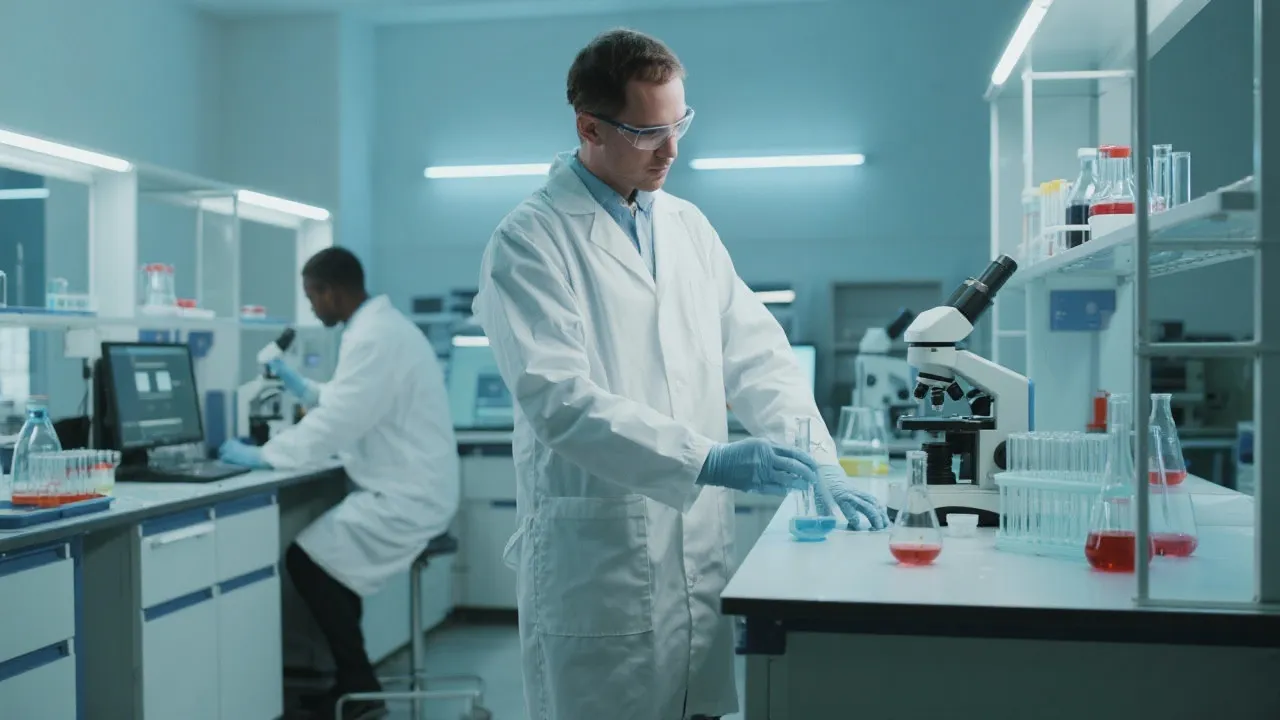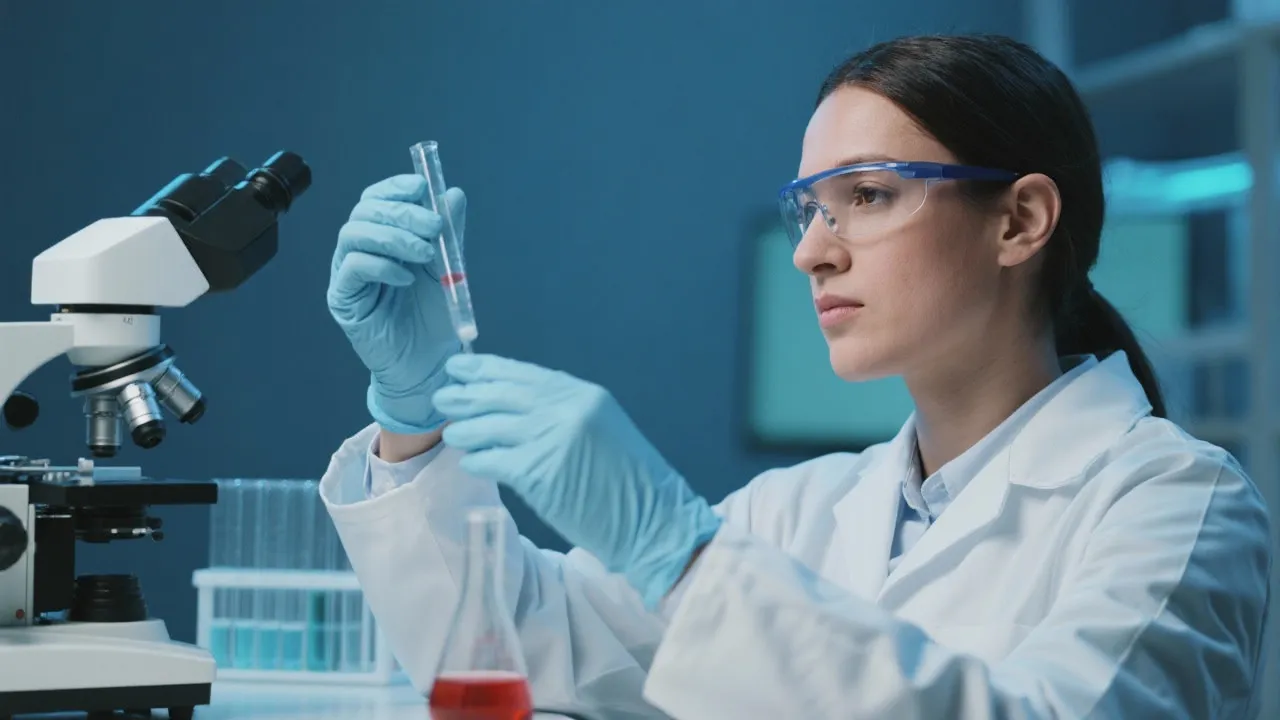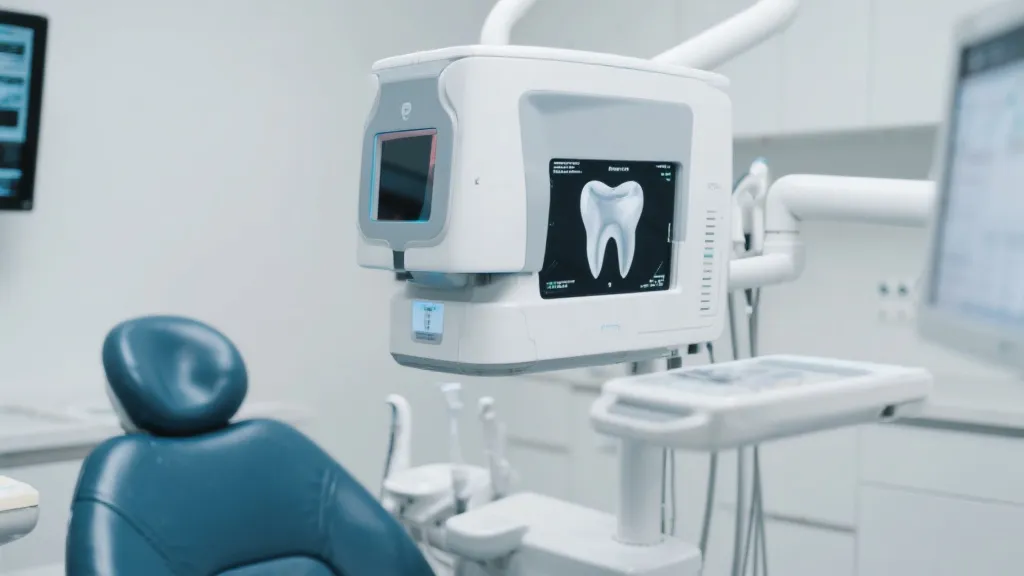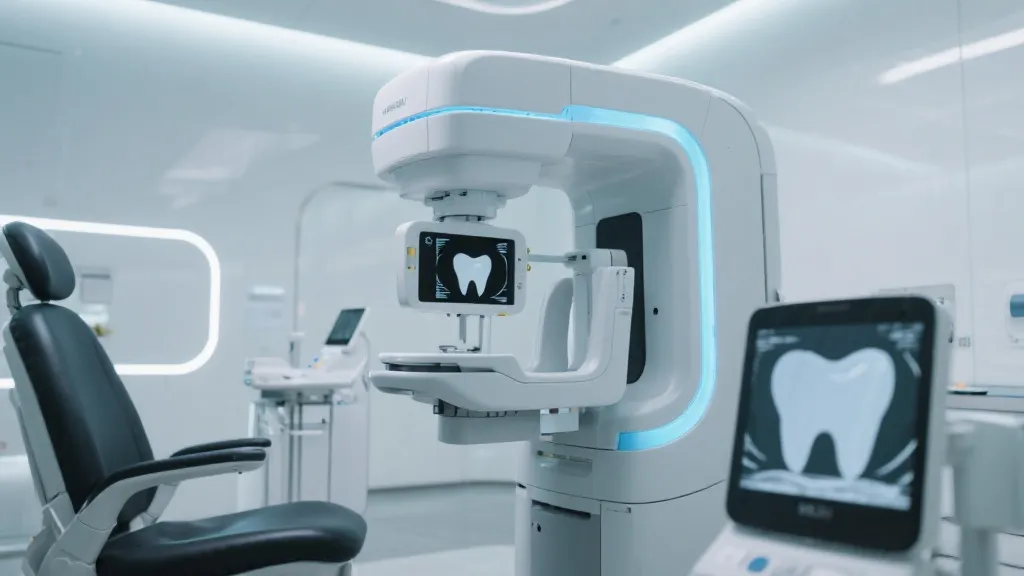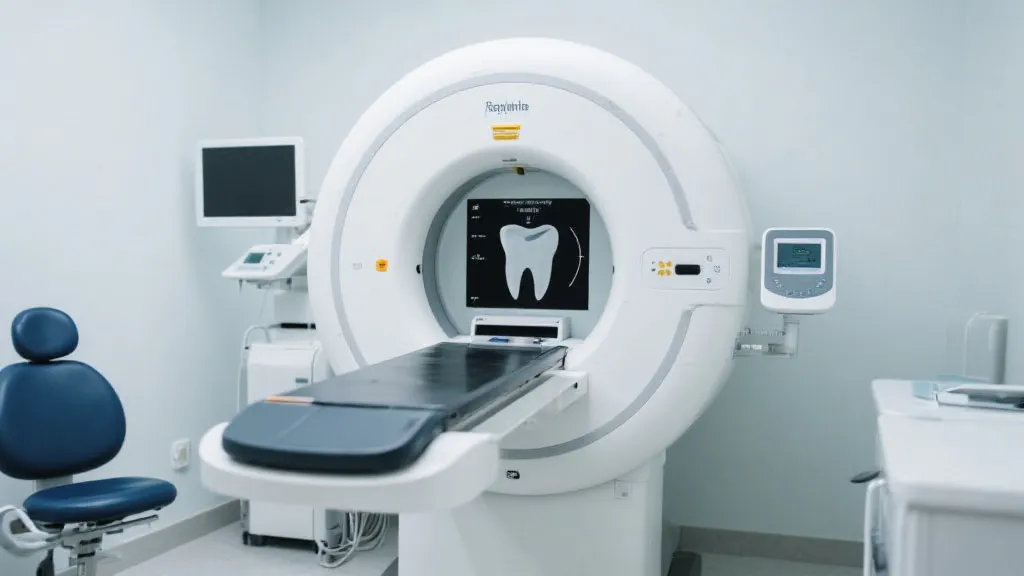Understanding the Rayscan Alpha Plus
The Rayscan Alpha Plus is a revolutionary dental imaging technology renowned for its precision and advanced functionalities in dental practices. This article delves into the features, benefits, and operational prowess that make this cutting-edge equipment a staple for dental professionals worldwide. Discover how the Rayscan Alpha Plus enhances diagnostic capabilities and improves patient care in the dental field.
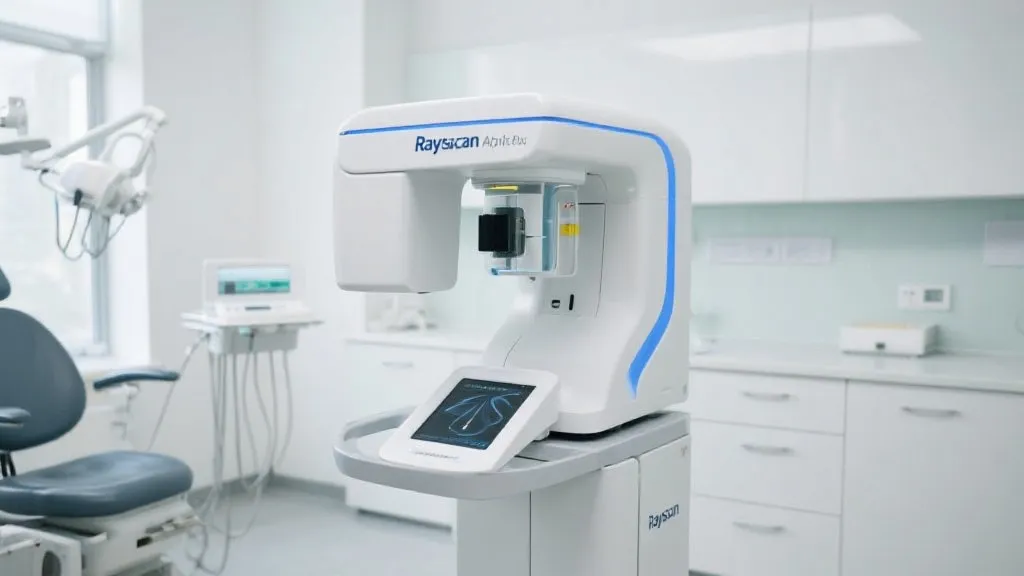
Introduction to the Rayscan Alpha Plus
Exploring the domain of advanced dental imaging technologies unravels the significance of the Rayscan Alpha Plus as a pivotal innovation. Designed to elevate the standard of dental diagnostics through its state-of-the-art imaging proficiency, the Rayscan Alpha Plus expands capabilities far beyond traditional methodologies. Its advanced features and precision harmonize to redefine accuracy in dental assessments, notably enhancing patient care.
Key Features and Innovations
The hallmark of the Rayscan Alpha Plus lies in its meticulously engineered features. Integration of cutting-edge 3D imaging encapsulates the core of its functionality, providing a panoramic view of dental structures. The system effortlessly combines high-resolution imaging with reduced radiation exposure, ensuring patient safety while not compromising the quality of diagnostic information.
The intuitive user interface further simplifies complex procedures, offering practitioners an efficient workflow management tool. Its versatility accommodates a wide array of diagnostic needs, from general assessments to specialized orthodontic and surgical planning. Moreover, the Sharp Focus Imaging technology fortifies its capability for unparalleled detail, making the Rayscan Alpha Plus a sought-after tool for intricate dental analyses.
In addition to 3D imaging, the Rayscan Alpha Plus incorporates advanced software solutions that facilitate the visualization and manipulation of dental images. Practitioners can rotate, zoom, and slice through 3D images, allowing for an in-depth assessment of conditions that may not be visible through traditional 2D images. This level of interaction enables dentists to create detailed treatment plans and enhances their ability to communicate conditions to patients seamlessly.
Furthermore, the incorporation of artificial intelligence (AI) is transforming how imaging is utilized in dentistry. The Rayscan Alpha Plus uses AI algorithms to assist in detecting anomalies or deviations in dental structures. This capability not only aids dentists in diagnosis but also enhances their confidence in treatment planning. By automating routine tasks and providing clinical insights, AI elevates the practice of dentistry to unprecedented levels.
The Importance of Advanced Imaging in Dentistry
In the bustling world of dentistry, the advent of technologies like the Rayscan Alpha Plus signifies a notable shift towards precise and comprehensive diagnostic processes. Digital imaging revolutionizes traditional practices, fortifying the accuracy of diagnostics and aiding in the formulation of more effective treatment plans. This transition underscores a broader industry trend towards embracing digital enhancement to support clinical excellence and foster improved patient outcomes.
Advanced imaging technologies provide several advantages that traditional imaging methods cannot match. For instance, comprehensive 3D images can reveal pathologies located in the jawbone or periodontal tissues that are not visible on standard X-rays. Additionally, early detection of dental issues can lead to timely interventions, optimizing treatment efficacy. As a result, patients not only experience better health outcomes but also benefit from reduced treatment duration and less invasive procedures.
Moreover, advanced imaging helps dental professionals to maintain a higher standard of continuing education. The integration of new technologies necessitates an ongoing learning process for practitioners, thereby enabling them to stay updated with the latest advancements in dental science. This commitment to education is crucial as it ultimately reflects on the quality of care provided to patients, ensuring that practices remain competitive in a rapidly evolving field.
Comparison of Rayscan Alpha Plus with Other Systems
| Attribute | Rayscan Alpha Plus | Competitor A | Competitor B |
|---|---|---|---|
| Imaging Technology | 3D Sharp Focus | Standard 2D | 3D Panoramic |
| User Interface | Intuitive | Complex | Moderate |
| Radiation Safety | Low Exposure | Higher Exposure | Moderate Exposure |
| Versatility | High | Low | Moderate |
| AI Integration | Yes | No | Limited |
| Image Reconstruction | Rapid | Standard | Slow |
| Cost of Ownership | Moderate | High | High |
Enhanced Diagnostic Capabilities
The diagnostic capabilities of the Rayscan Alpha Plus extend beyond routine check-ups. Detailed imaging supports intricate procedures, offering a comprehensive view that aids in diagnosing complex conditions. Orthodontists, oral surgeons, and general practitioners alike benefit from the versatility and precision that this system brings to their practices. The ability to visualize the spatial relationships between teeth, bone, and soft tissues allows for more accurate assessments compared to traditional imaging modalities.
For orthodontists, utilizing the Rayscan Alpha Plus can significantly enhance treatment planning. The detailed 3D imaging assists in evaluating tooth positioning and root lengths, which is critical in developing effective orthodontic strategies. Furthermore, monitoring treatment progress through the same imaging system enables orthodontists to visualize changes and adjust treatments as needed, ensuring optimal results for patients.
Oral surgeons also appreciate the precise imaging capabilities of the Rayscan Alpha Plus. For complex surgical procedures like impacted wisdom teeth extraction or implant placements, having a clear 3D view of anatomical structures can drastically reduce surgical risks and improve outcomes. It also helps in pre-surgical discussions with patients by giving them a comprehensive understanding of their unique conditions.
The use of advanced imaging in dental practices inevitably leads to better patient engagement. When patients can see their dental issues through high-quality 3D renderings, they are more likely to understand proposed treatment plans. This transparency fosters trust in the clinician and promotes collaborative decision-making, which is beneficial for patient satisfaction and adherence to treatment protocols.
The Impact of Location-Independent Expertise
While the functionality of the Rayscan Alpha Plus transcends geographical boundaries, its ability to unify and streamline healthcare operations is significant. By integrating this technology into dental environments, practitioners are equipped with enhanced diagnostic tools regardless of location, ensuring uniformity in patient care standards globally. This versatility is particularly beneficial in remote areas where access to advanced dental technologies might be limited.
With the rise of telehealth and remote consultations, the ability to capture and share high-quality images via the Rayscan Alpha Plus contributes tremendously to location-independent expertise. Practitioners can obtain remote second opinions or collaborate with specialists without the need for physical presence, thus broadening the reach of specialized care. This is especially valuable in situations where immediate interventions are necessary but local expertise may not be available.
Additionally, the location-independent nature of the Rayscan Alpha Plus encourages ongoing education and professional development. Dental professionals from around the world can engage in collaborative learning experiences, sharing case studies and best practices that utilize advanced imaging. This global exchange of knowledge enhances clinical skills and ultimately contributes to a more informed dental community.
Critical Considerations for Implementation
Implementing the Rayscan Alpha Plus into a dental practice involves several strategic considerations. Ensuring compatibility with existing systems and embracing training programs are pivotal steps towards maximizing its potential. Moreover, understanding the economic aspects—including initial investment and potential ROI through improved diagnostic capacity—is essential for informed decision-making.
Financially, the decision to incorporate such advanced technology must align with the practice’s overall business strategy. Practitioners should evaluate not just the purchase price, but also ongoing costs related to maintenance, training, and potential integration with electronic health record systems. Furthermore, it is advisable to consider how the enhanced imaging capabilities will translate into increased patient volume or more efficient treatment workflows, thus offsetting the costs in the long run.
Another critical factor to consider is the training of staff. The efficacy of the Rayscan Alpha Plus relies heavily on how well practitioners and staff can utilize its features. Clinics must budget for initial training sessions and ongoing learning opportunities as updates to the technology may require refreshers. Enthusiastic engagement from all team members ensures that the practice can fully exploit the system's capabilities, ultimately leading to improvements in patient care.
FAQs
- What are the main advantages of using the Rayscan Alpha Plus?
The primary advantages include high-resolution 3D imaging, reduced radiation levels, an intuitive interface, and versatility suited for various dental procedures.
- Is the Rayscan Alpha Plus suitable for general dentists?
Absolutely. Its features cater to both general dentistry and specialized fields, making it a comprehensive tool for enhancing dental assessments.
- How does the imaging quality of the Rayscan Alpha Plus compare to other systems?
It is known for its Sharp Focus Imaging technology, providing superior clarity and detail compared to many conventional systems.
- What training is required to use the Rayscan Alpha Plus effectively?
Manufacturers typically offer comprehensive training programs to ensure practitioners can leverage all functionalities efficiently.
- Can the Rayscan Alpha Plus facilitate interdisciplinary collaboration?
Yes, its high-quality imaging allows for better communication among dental specialists, which can improve collaborative treatment approaches and comprehensive care strategies.
- How does AI enhance the diagnostics provided by Rayscan Alpha Plus?
AI algorithms assist in automating image analysis, highlighting potential issues, and enabling practitioners to make informed clinical decisions more rapidly.
- Are there specific practices that benefit the most from using Rayscan Alpha Plus?
Practices focused on orthodontics, oral surgery, and advanced restorative dentistry are particularly enhanced by the capabilities offered by this imaging system.
Conclusion
The evolution and implementation of technologies such as the Rayscan Alpha Plus cement the foundation for enhanced dental practice by offering refined, sophisticated diagnostic mechanisms. As dental practices worldwide continue to integrate such innovations, the overarching goal remains clear: to amplify precision and elevate the standard of patient care. The advancements not only improve imaging and diagnostics but also pave the way for a more collaborative, informed, and patient-focused approach to dental medicine. This ultimately leads to healthier patients and thriving dental practices as the future of dentistry continues to shift towards more advanced and effective solutions.





